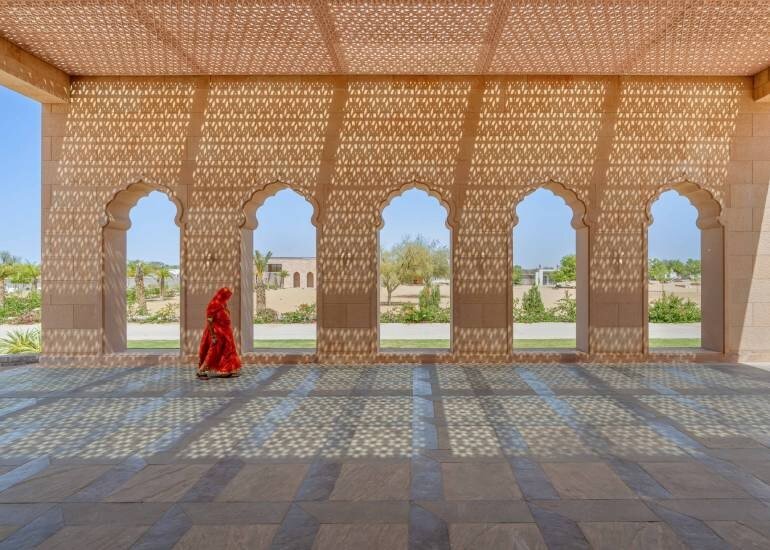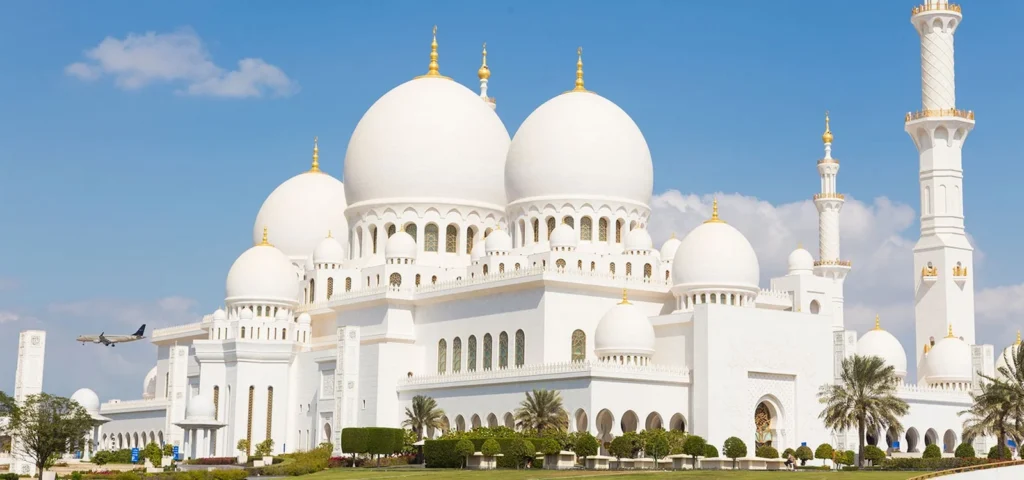In a country known for its futuristic skylines and rapid urban development, the United Arab Emirates is also emerging as a passionate custodian of its architectural past. Across the emirates, a quiet revival is taking shape—one that honors traditional craftsmanship, preserves cultural identity, and breathes new life into forgotten landmarks.
This revival is not just about buildings. It’s about memories, traditions, and the soul of a community rediscovering its roots.
A Cultural Comeback
Walk through the narrow alleys of Al Fahidi Historical Neighborhood in Dubai, and you’ll find restored coral-stone houses basking in the desert sun. Once a sleepy enclave of traders and artisans, it now draws visitors curious to explore its wind towers, courtyards, and art galleries. Thanks to efforts by cultural institutions, Al Fahidi has transformed into a thriving hub of tradition and creativity without losing its original charm.

Similarly, in Sharjah—often called the cultural capital of the UAE—the Heart of Sharjah project is restoring one of the region’s oldest urban areas. Carefully reconstructed using traditional materials and techniques, this heritage zone is on track to be completed by 2025. It not only showcases Islamic and Emirati architecture but also supports local crafts and artists through workshops, exhibitions, and festivals.
Restoration with Purpose
The goal isn’t just to preserve buildings; it’s to foster a deeper connection between the past and present. Many of these restorations are driven by a vision to educate younger generations and offer immersive experiences.

“Reviving heritage spaces creates more than a visual impact—it tells a story,” says a project coordinator involved in the restoration of Qasr Al Hosn in Abu Dhabi. Once a watchtower guarding the only freshwater well on Abu Dhabi Island, the Qasr has been transformed into a cultural complex. Visitors can now witness live performances, craft workshops, and storytelling sessions that breathe life into the fortress’s long history.
These spaces don’t just invite tourists—they become open-air classrooms where the UAE’s diverse population can engage with the nation’s roots.

Community at the Core
One key factor in the success of these restorations is community involvement. Local artisans, historians, and architects are integral to the process, ensuring that each renovation respects the original spirit of the site.
In Al Ain, the Hili Archaeological Park restoration blended ancient mudbrick techniques with modern conservation practices. Residents, including descendants of original builders, shared oral histories that guided accurate reconstruction. This community-first approach strengthens cultural identity while providing jobs and training in heritage crafts.
Government departments and cultural centers often host volunteer programs and workshops that allow residents to engage hands-on with restoration efforts. These participatory methods turn restoration into a shared legacy.
Innovation Meets Tradition
Interestingly, technology plays a growing role in heritage preservation. 3D scanning, digital modeling, and drone photography are now part of the conservation toolkit. These tools ensure precision while documenting structures for future generations.
For example, the recently restored Al Jazirah Al Hamra—a ghost town in Ras Al Khaimah—was digitally mapped before any physical work began. This ensured that every wall, arch, and alley was restored faithfully. The village now hosts cultural festivals and film shoots, transforming from abandoned ruins to a vibrant, living museum.
Sustainability in Design
Another remarkable aspect of heritage architecture is its inherent sustainability. Wind towers, thick mudbrick walls, and shaded courtyards were early forms of green architecture—designed to cool buildings naturally long before air conditioning.
As climate concerns rise, architects are revisiting these traditional methods to inspire modern eco-conscious designs. The restored Bait Al Naboodah in Sharjah is a testament to this wisdom, with its inward-facing layout and ventilation techniques offering both cultural and environmental lessons.
Beyond Tourism
While heritage sites inevitably attract visitors, the UAE’s approach emphasizes preservation over profit. Many restored sites double as community centers, museums, and event spaces. These landmarks are meant to be lived in and interacted with, not just admired from behind ropes.
In Fujairah, the recently restored Al Bithnah Fort now hosts poetry readings, Emirati food festivals, and children’s heritage camps. The goal is clear: make heritage personal.
Cultural events held in these restored spaces are designed to foster a sense of belonging, especially among younger residents who may not have strong ties to the traditions of the past.
A Legacy Reimagined
As the UAE continues to build futuristic cities, it’s also looking backward with intention. Reviving heritage architecture isn’t an act of nostalgia—it’s a dynamic strategy to anchor identity, build community, and craft a narrative that respects both past and future.
In a region where the sands of time move swiftly, these landmarks stand as quiet, steadfast reminders that progress and preservation can go hand in hand.
And perhaps, that’s the most powerful architecture of all—built not just to last, but to mean something.
Read More: Rooftop Cinema Yas Bay A Magical Escape Under the Stars














